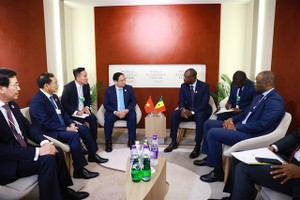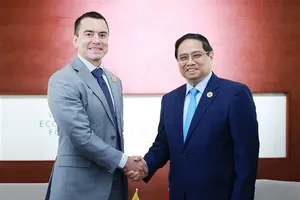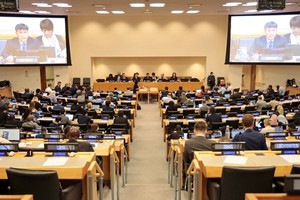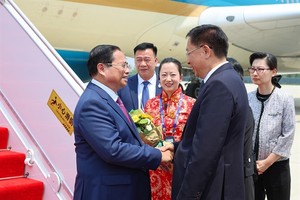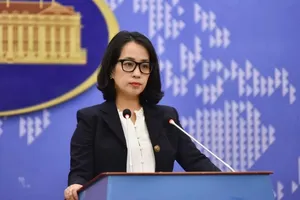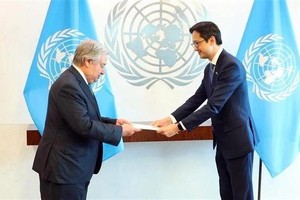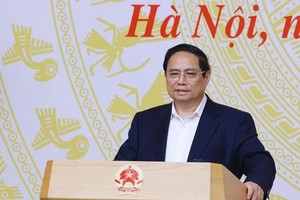A captive global audience looked on as the first of 33 miners trapped for a record 68 days deep underground emerged Wednesday into the cold night air of Chile's Atacama desert.
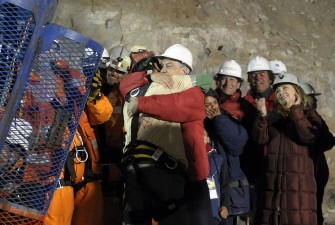
People logged on and tuned in to read, watch and listen as Florencio Avalos was extracted safe and sound from 600 meters (2,000 feet) below ground at 0311 GMT, followed exactly one hour later by co-worker Mario Sepulveda.
Media outlets around the world including CNN International, Britain's Sky News, France's iTele and BFM and also Europe-wide Euronews live-streamed the drama as it unfolded in real time.
As well as cameras trained on the surface, viewers also saw grainy pictures of the miners still awaiting rescue in the their deep underground shelter.
The workers' families had all but given up hope of seeing their loved ones again when on August 22 -- 17 days after the collapse at the San Jose mine -- a note tied to a drill probe announced their sensational survival to the world.
Millions, struggling to comprehend the nightmarish existence of the trapped men and the anguish of their families, have followed the long rescue efforts since as a shaft wide enough to extract the miners was drilled.
Wellwishers from around the globe, ranging from fellow miners to exalted heads of state, watched minute-by-minute overnight as a missile shaped capsule bearing Chile's national colors was winched into the mine.
A measure of how the epic survival tale has ballooned into a global human interest story, live images from the site were broadcast to viewers as far afield as New York and Sydney, London and Tokyo.
The BBC streamed footage of the operation alongside a scrolling sidebar of mini-bites of information emerging from the crowd of relatives and Chilean politicians waiting to receive the miners-turned-national heroes.
Many outlets also employed counter graphics as the miners were brought out one-by-one.
Japan's major television networks offered live coverage, complete with profiles of the 32 Chileans and one Bolivian, who survived their first 17 days before making contact with rescuers by rationing emergency supplies.
Japanese doctors discussed various medical complications the men could suffer, while Australian news stations, websites and radio bulletins devoted non-stop coverage to the dramatic operation.
"It was supposed to be a day off for me, and I was planning to catch up on my reading," high school English teacher Tetsuro Umeji in Kudamatsu City, Japan, wrote on the BBC live feed.
"But now my eyes are glued to the computer screen as the rescue is broadcast live. Absolutely amazing! Congratulations, Chile! I will keep my fingers crossed until the last of the 33 miners is brought to the surface!"
Chile's embassy in Washington DC set up a public live video feed of the rescue operation, which saw the men emerge one-by-one and reunite with relatives before being flown by helicopter to a nearby hospital.
In Europe, meanwhile, Austrian television had a special news program dedicated to the rescue -- a rare occurrence for foreign events -- and in the Netherlands the second-largest daily newspaper AD ran its first three pages dedicated to the event.
In the Spanish-speaking world, the rescue bid dominated news stations and websites.
Spanish-language station Univision ran live video of the site, while Chile's La Tercera newspaper website carried a graphic header with empty boxes to be filled in as each miner emerged safe, and two counters tallying "rescued miners" and "miners in hospital."
The interest appeared to overwhelm authorities managing media at the mine site. They ran out of international media badges and began issuing hand-labeled IDs to reporters arriving from as far afield as China and Turkey.
China's Xinhua news agency and state television were reporting from the ground, and popular news portals Sohu and Sina set up special sections on their front pages featuring details on the rescue effort.
Throughout Asia, whether in Singapore, South Korea, Thailand or Vietnam, citizens were greeted with the exciting news that the first miners were out.
China's CCTV streamed the first two rescues live, and South Korean newspaper Chosun Ilbo splashed the headline: "Today, Chile will be jubilant."
Al-Jazeera's English language station had a correspondent stationed at the site updating a Twitter feed with the latest information.
Venezuelan President Hugo Chavez also took to the micro-blogging site to send his best wishes to the rescue crews and the miners. "We are with Chile! God be with you," he wrote.
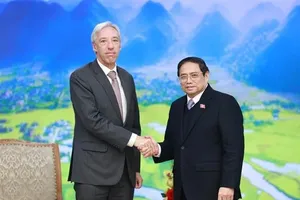


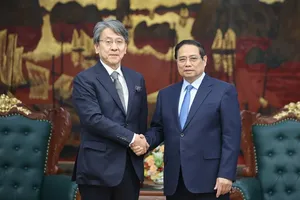

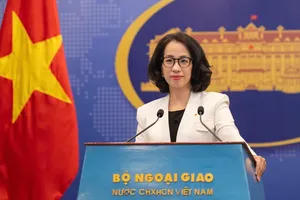
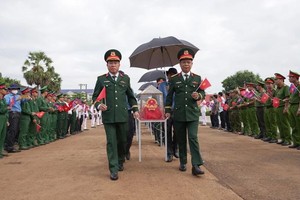
)

